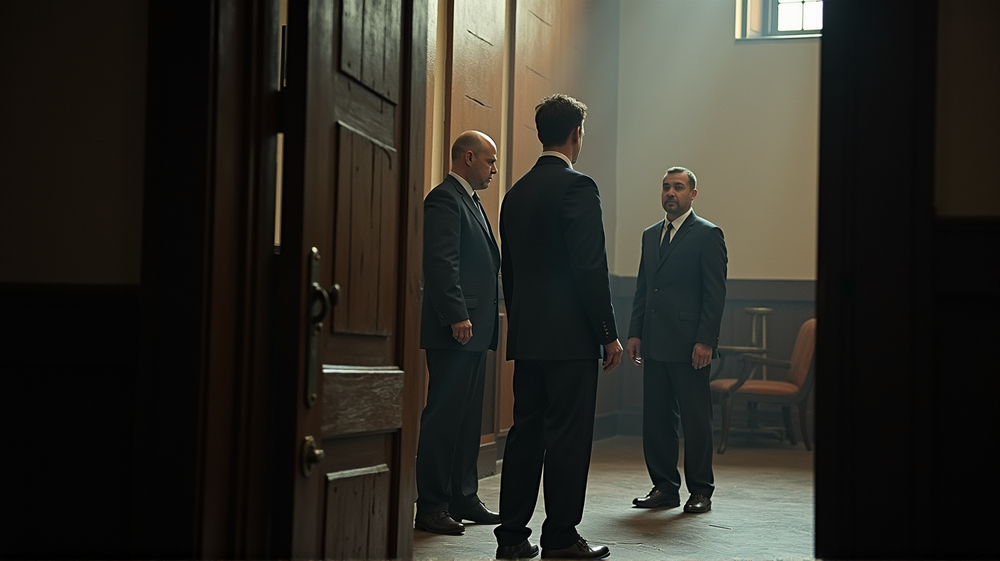In a decision that has stirred ripples across the nation, an inmate in South Carolina has chosen death by firing squad as the method for his forthcoming execution. Described as ‘barbaric’ by many, this choice has reinvigorated debates around the ethics and humanity of certain execution methods still practiced in the United States.
The Stark Choice
For the inmate, the option to select a firing squad arose from the state’s policy allowing death row inmates the choice between lethal injection and other archaic methods still sanctioned by law. The use of a firing squad is a reminder of a distant past, often perceived as an outdated, inhumane relic that invokes strong sentiments both within and outside legal circles.
A Historical Perspective
Historically, firing squads have been used as a swift and disciplinarian method of execution, often employed in military contexts. However, its contemporary application is rare, leading to questions about its reemergence in modern America’s penal practices. According to USA Today, South Carolina’s legal framework still permits this method despite growing calls for more humane practices.
Public Reactions and Legal Challenges
Many South Carolinians express shock and distaste at the thought of reverting to such a method, especially when the state has struggled with acquiring drugs for lethal injections. Critics argue it reflects a regressive step in the nation’s corrective measures, while supporters contend it is an appropriate administration of justice for severe crimes.
A National Debate Ignited
This case has not only impacted local perceptions but has also ignited a broader national debate on capital punishment’s morals. Images of the firing squad conjure up chilling scenes reminiscent of frontier justice, framing the decision in a societal context where the line between justice and vengeance is blurred.
Ethical Considerations in Modern Justice
As stated in USA Today, the ethical considerations surrounding this method are substantial, questioning whether such choices honor the dignity of human life or symbolize a barbaric spectacle meant for no place in contemporary civilization. Advocates argue for more humane approaches, hinting at possible reforms.
Conclusion: Charting a Difficult Path Forward
This South Carolina case puts a spotlight on the broader issues of execution methods and the cultural, legal, and moral underpinnings of capital punishment in America. Whether seen as a symbol of justice served or a barbaric vestige, the choice of a firing squad as an execution method will continue to evoke passionate debate and reflection.
In the words of those opposed, there remains a resounding challenge to ‘knock at the doors of human conscience’ and reassess the paths toward a just society—one where even those condemned are treated with dignity and humanity.













